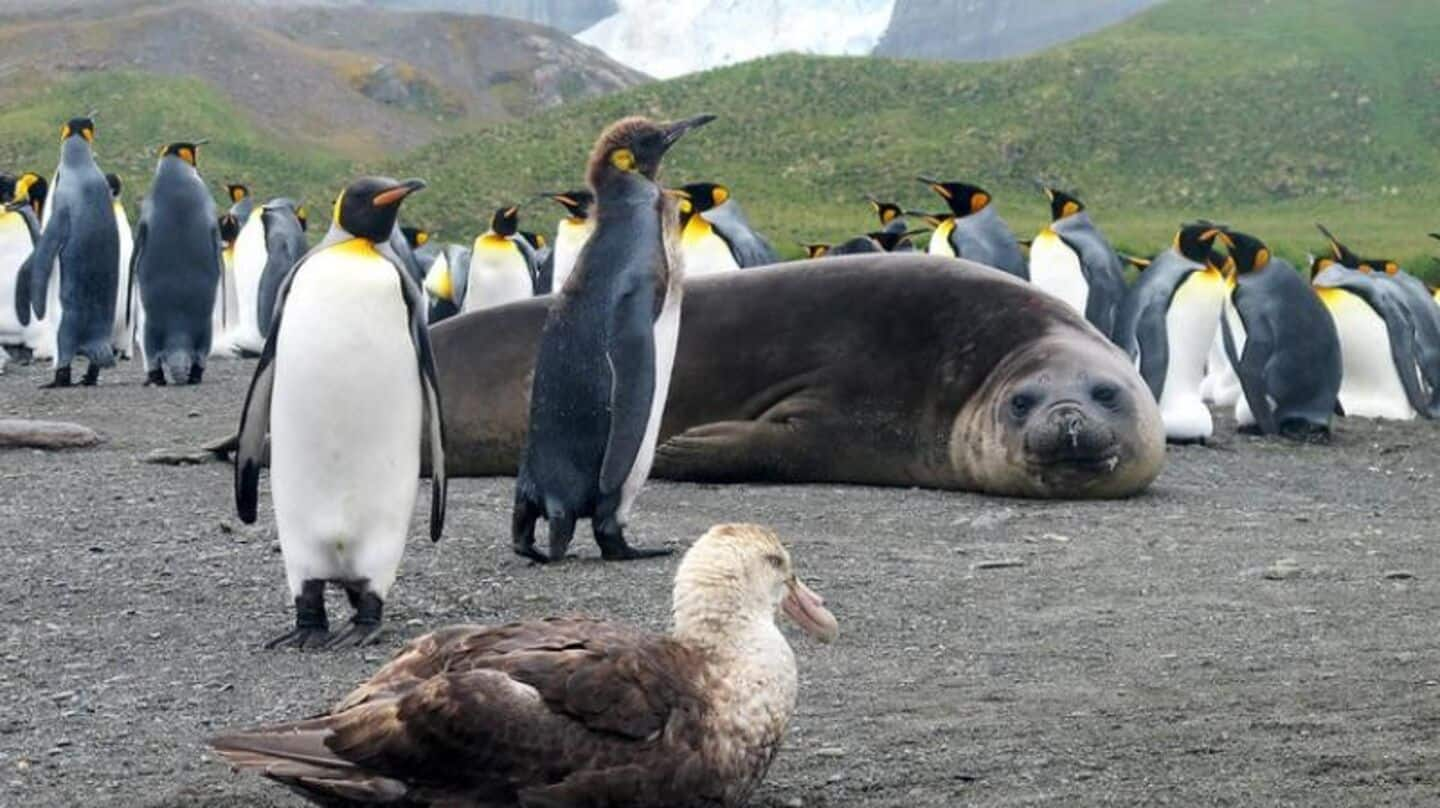
Deadly H5N1 reaches Antarctica as climate change alters wildlife patterns
What's the story
A recent study has revealed that the H5N1 bird flu virus has now reached Antarctica, a region previously considered isolated from such diseases. The research was led by Jane Younger, a molecular ecologist who heads investigations into wildlife pathogens in the area. The study found the virus in crabeater seals for the first time and warned of possible fatal infections in penguins due to a lack of antibodies.
Mammalian impact
Bird flu confirmed among elephant seals in sub-Antarctic island
Alarmingly, the virus, earlier detected in skuas (a seabird) and Adélie penguins, has spread to larger animals, in this case, the southern elephant seals. Samples from dead elephant seals were collected in October after scientists visiting Heard Island aboard the icebreaker RSV Nuyina observed unusual levels of mortality in the population, ABC reported. The collected samples confirmed the presence of the H5 bird flu virus.
Pathogen transmission
Migratory birds and climate change facilitate virus spread
The study highlights how migratory birds are playing a key role in transporting the H5N1 bird flu virus, connecting continents through wildlife travel. Genetic tests have traced some of these viruses back to South America. Rising temperatures due to climate change are rapidly altering Antarctic ecosystems, with seasonal migrations coinciding with virus introduction to vulnerable populations.
Preventive measures
Early detection and global warning system proposed
The researchers are now working on developing a global early-warning system for wildlife diseases, with scavenger birds acting as sentinels to indicate outbreaks before they spread. This could help protect fragile ecosystems from further spread of pathogens. The scientists are also investigating the potential of vaccinating key species such as penguins to prevent pathogen transmission and safeguard these vulnerable populations.